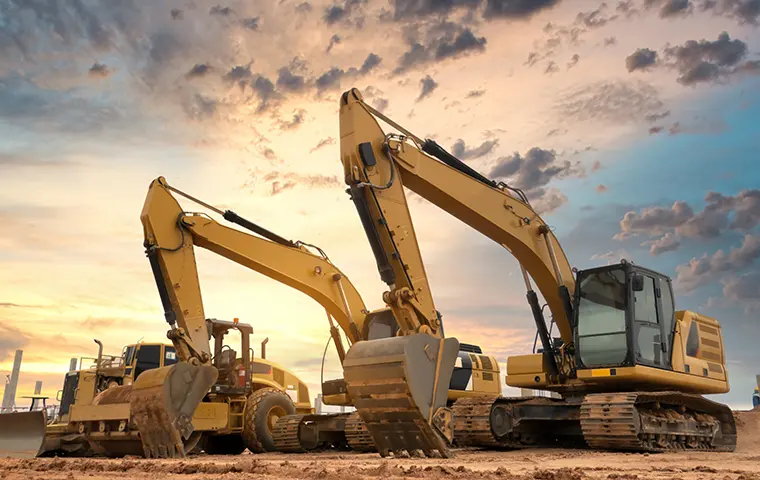In construction, we all know the importance of preventing catastrophic problems. This applies to our work in construction, so of course, it should also apply when we are taking care of our equipment. Preventative maintenance is a necessity when it comes to managing a construction fleet. You must engage in routine maintenance to keep your equipment running smoothly and avoid costly repairs that will take your equipment out of service. To prioritize preventative maintenance, you should create an equipment maintenance checklist. We will walk you through how to do so in this article.
What is Preventative Maintenance?
Preventative maintenance refers to planning your maintenance to keep your equipment in optimal condition before breakdowns occur. Doing so helps you save on costs, keep your equipment operating, and maximize your business’s efficiency. Most fleets accomplish predictive maintenance by way of fleet maintenance software. To learn more about fleet maintenance software, check out our blog article: A Guide to Fleet Maintenance Software. Key factors are routine inspections and regular maintenance to ensure that nothing slips through the cracks. The checklist you’ll create is what you’ll go through when performing routine inspections.
What to Put on Your Equipment Maintenance Checklist
Remember that your checklist, while thorough, is not necessarily all-inclusive. It simply serves as a reminder to pay attention to all the details on your vehicles. Make sure your checklist covers all areas of the equipment, but it doesn't have to be complicated. Here are some suggestions for what to include.
- Batteries: Your checklist should include battery age, voltage retention, and acid ratio. You’ll also want to examine terminal and cable conditions.
- Belts: Compressors, alternators, and pumps all need working belts to operate. Look at belt age, fraying, slackness, and discoloration.
- Body: Look for damage, rust, looseness, and at the paint condition of the body.
- Brakes: This is a top priority for the checklist. Ensure the pad and shoe are in good condition, along with the drum and disc. Fluid levels, pressures, and cable conditions are pertinent as well.
- Coolant: The coolants in the radiator and transmission will tell you a lot about how your equipment is doing. Check levels and colors, along with a more detailed analysis.
- Electrical: Check voltage and amperage, cables, and fuses.
- Exhaust: Look for abnormal sounds or smoke from your exhaust. Clamps and hangers on the exhaust system should have their own boxes on the checklist.
- Filters: Every filter should be listed separately, and the completed list should indicate whether the filter was cleaned or replaced.
- Fluids: Checking fluids is a necessity in every inspection. They reveal what’s going on inside the equipment.
- Fuel: Ensure there are checkmark spots for fuel pumps, lines, and storage tanks.
- Injectors: If you have plugged or dysfunctional injectors, your power and economy won’t be as strong.
- Lubrication: This is a natural part of vehicle maintenance that should be on every checklist.
- Safety: Safety devices like seatbelts, lights, horn, locks, and energy lockout points each need checkboxes. Also include fire protection and hazards on the list.
- Steering: Make sure you include every part of the steering system.
- Suspension: Check the condition of springs, struts, shocks, and undercarriage.
- Tires: Always check your tires; this is critical to preventative maintenance.
- Windshield: Inspect all the glass in the vehicle anytime you review the checklist.
Let Azuga Help!
You don’t have to keep track of your checklists manually. In fact, digitizing everything makes it easier to keep track of trends over time, and you can even receive alerts when it’s time to bring your vehicle in for maintenance! Check out Azuga’s fleet maintenance software by scheduling a demo with one of our experts!








